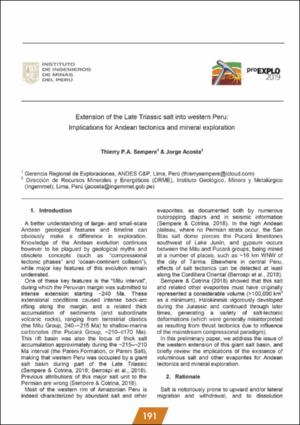Please use this identifier to cite or link to this item:
https://hdl.handle.net/20.500.12544/2106Files in This Item:
| File | Description | Size | Format | |
|---|---|---|---|---|
| Sempere-Extension_of_the_late_triassic_Peru.pdf | Trabajo presentado en congreso | 784.97 kB | Adobe PDF | View/Open |
This item is licensed under a Creative Commons License












